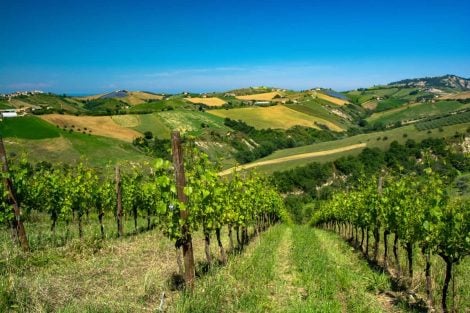One solution could be to make sourdough starter at home, and dedicte oneself to the preparation of pizza, focaccia, bread and brioche. But for those who are not very familiar with bread baking, there are also many recipes that traditionally don't employ brewer's yeast. The answer is experimenting with different products that don't need yeast. Here is a list.
Yeast-free breads around the world
Unleavened bread
The best known and most popular is undoubtedly unleavened bread, from the Greek term azymos, meaning "yeast-free". It is prepared with wheat flour and water, and for a long time it was the only type of bread known to mankind. In the past it was cooked on red-hot stones or hot ashes, over time the process has evolved, giving life to different types. Among the first written testimonies list bannock, a type of unleavened bread documented since the year 1000 in Scotland and then spread to other countries. But unleavened bread is above all a specialty of Jewish culture, which celebrates Matzah during the Easter week in memory of the departure of the Israelite people from Egypt.
Essene bread
Jewish community that lived in the II century BC, the Essenes prepared a bread that technically can be considered raw, made with sprouted grains, in order to preserve all the nutrients. The sprouted wheat is reduced to a pulp and laid out in the shape of a biscuit, and dried in the sun. To make it, today you just need to put the sprouts in a blender, add a little water and other ingredients to taste such as spices or herbs, and dry everything in an air-dryer. A very popular recipe among those who have chosen to follow the raw food diet, based on ingredients heated up to a maximum of 40°C.
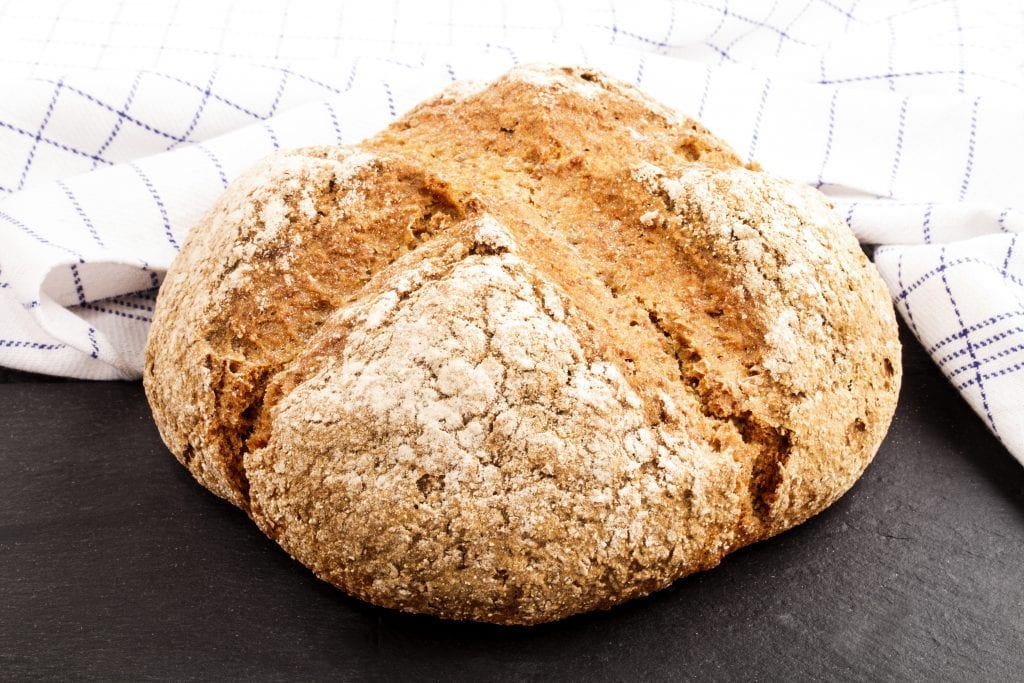
Soda bread
Bread made with baking soda is an classic delicacy on St. Patrick's Day in Ireland, but which digs its roots in the culture of the American Indians. They were the first to use a sort of natural bicarbonate of soda obtained from wood ashes to make their bread rise. To promote and spread the consumption of this specialty, however, were the Irish, who made it for the first time in the early 19th century, with the introduction of bicarbonate in the United Kingdom. A recipe born out of necessity due to the financial conflict that at that time limited the access to food, forcing people to rely on a poor, recycled cusine, which among its symbolic products also included soda bread, made with flour, baking soda, salt and buttermilk (or, more simply, milk soured with lemon).
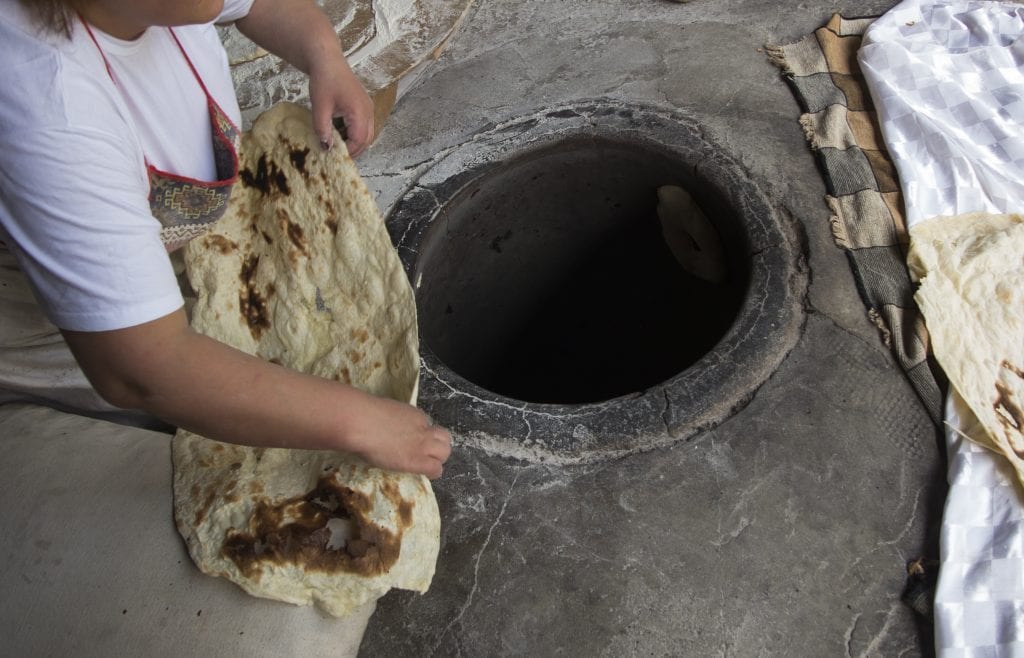
Lavash
Since 2014 intangible heritage of humanity for UNESCO, lavash is a kind of flatbread made with water, flour and salt, widespread especially in Armenia and Artsakh, but also consumed in Iran, Turkey, Georgia and throughout the Middle East. The sheet is soft when warm from the oven, can be stuffed and rolled, but will become crisp as it cools, perfect to be eaten as a snack, a base for croutons or to accompany meals. Lavash can be stored for a long time if kept in an airtight container.
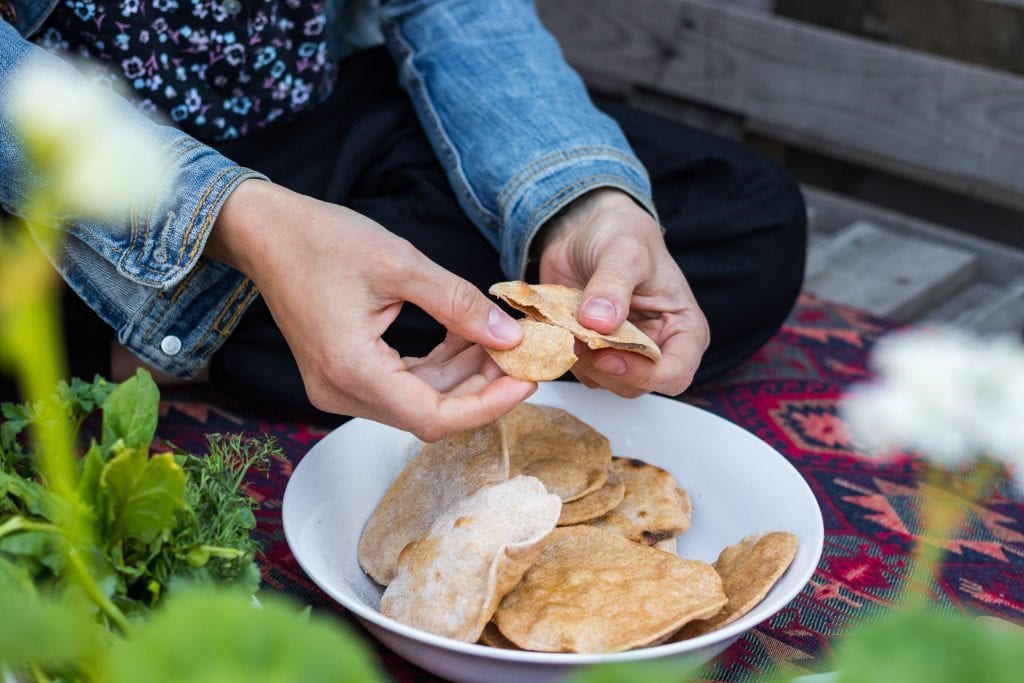
Chapati
Also in Punjab, in the north-west of India, a flat and round yeast-free bread is used, made with water, semi-wholemeal flour and salt. Enter chapati, cooked on the tawa, traditional iron pan that allows uniform heat distribution, and also consumed in southern Asia, eastern Africa and in some areas of the Middle East. There are several variations, including gujarati phulka, the same dough but cooked for a few seconds directly on the open flame, which makes the bread swell. It's used to accompany vegetables, legumes and curries, and is generally enriched with ghee, clarified butter typical of Indian cuisine and, more generally, of Asian countries, that is separated from water and its protein component.
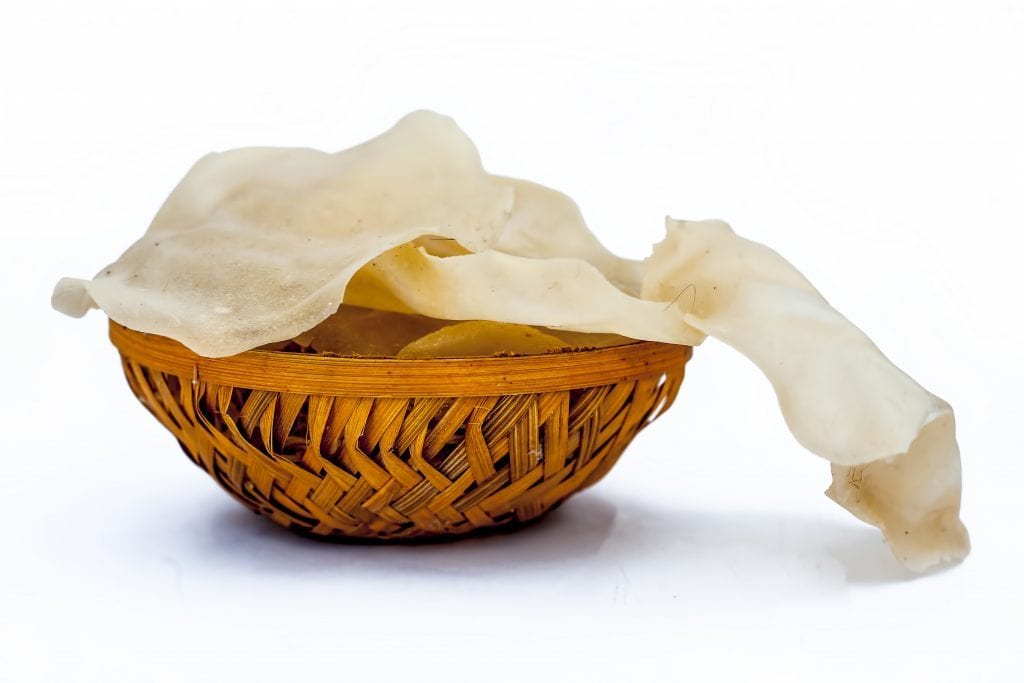
Papadum
Also called pappadam, this is another specialty of the rich Indian gastronomy, this time in a crisp version, similar to waffles, to be broken with your hands and enjoyed as a snack, meal-breaker or as a base to accompany sauces and condiments. Usually prepared with black mung bean flour, papadums can also be made with lentil, chickpea, rice or tapioca flour, to which various spices are added, starting with cumin. Finally, they are fried or air-dried, eaten together with main courses or served as an appetizer, with mango chutney, chopped onions and carrots, mint sauce and other condiments.
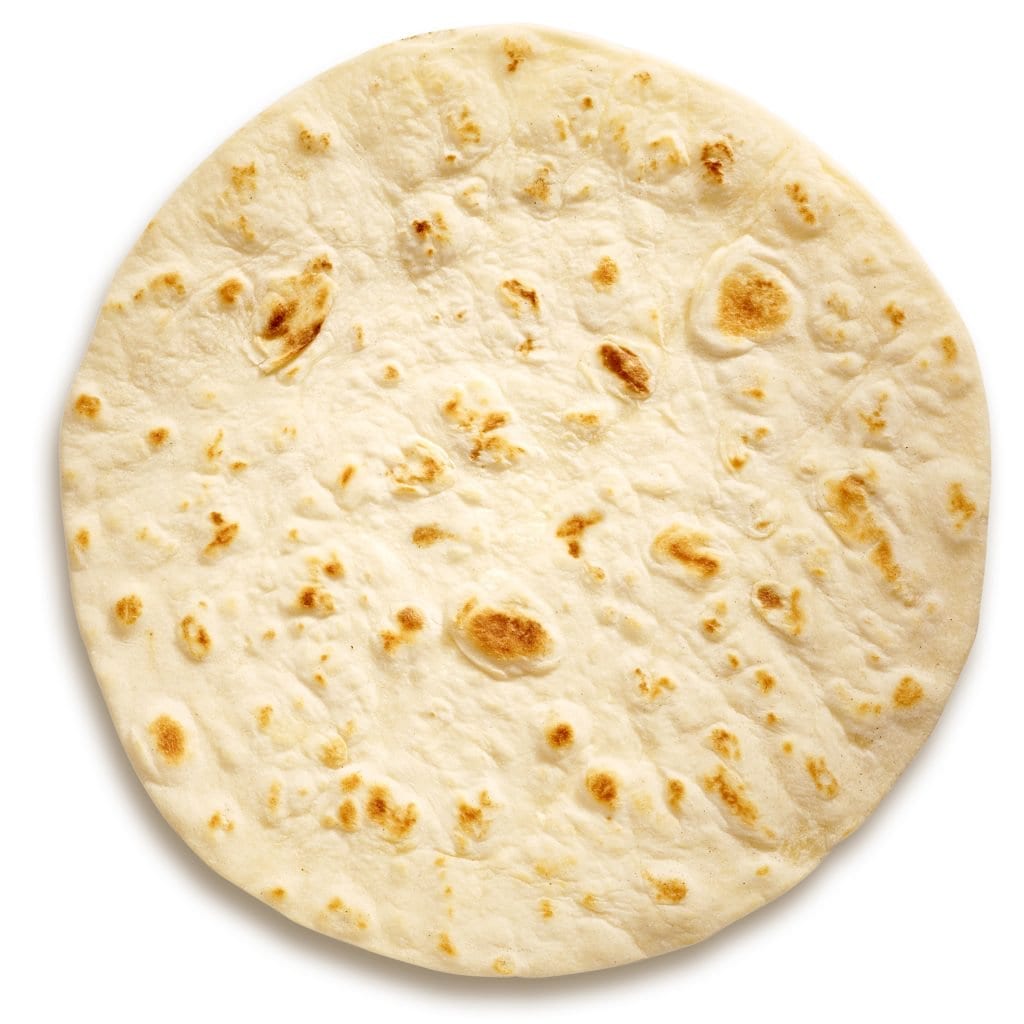
Piadina
The first historical document that speaks of "piada" dates back to 1371, but the use of the round flatbread dates back to a long before, already in Roman times. Simple, popular, democratic and economic, piadina from Romagna is suitable for many recipes and reinterpretations: in the classic version it is stuffed with prosciutto, arugula and squacquerone cheese, but any ingredient becomes a delightful and irresistible filling for flaky piadina. Cured meats, cheeses, vegetables, sauces, even fish or more elaborate recipes: just like in the case of sandwiches, when it comes to piadina, there is no limit to one's imagination. The traditional recipe involves the use of lard, but it can also be prepared with extra virgin olive oil, using wholemeal or gluten-free flours, as needed, together with water and a pinch of baking soda.
by Michela Becchi

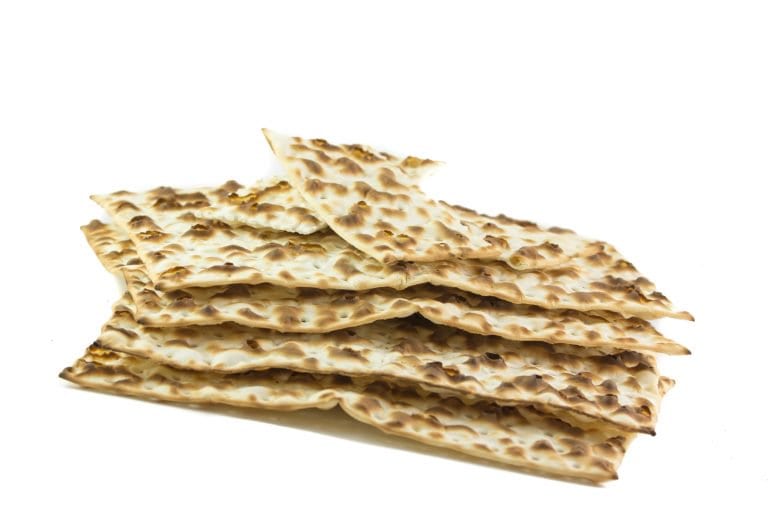
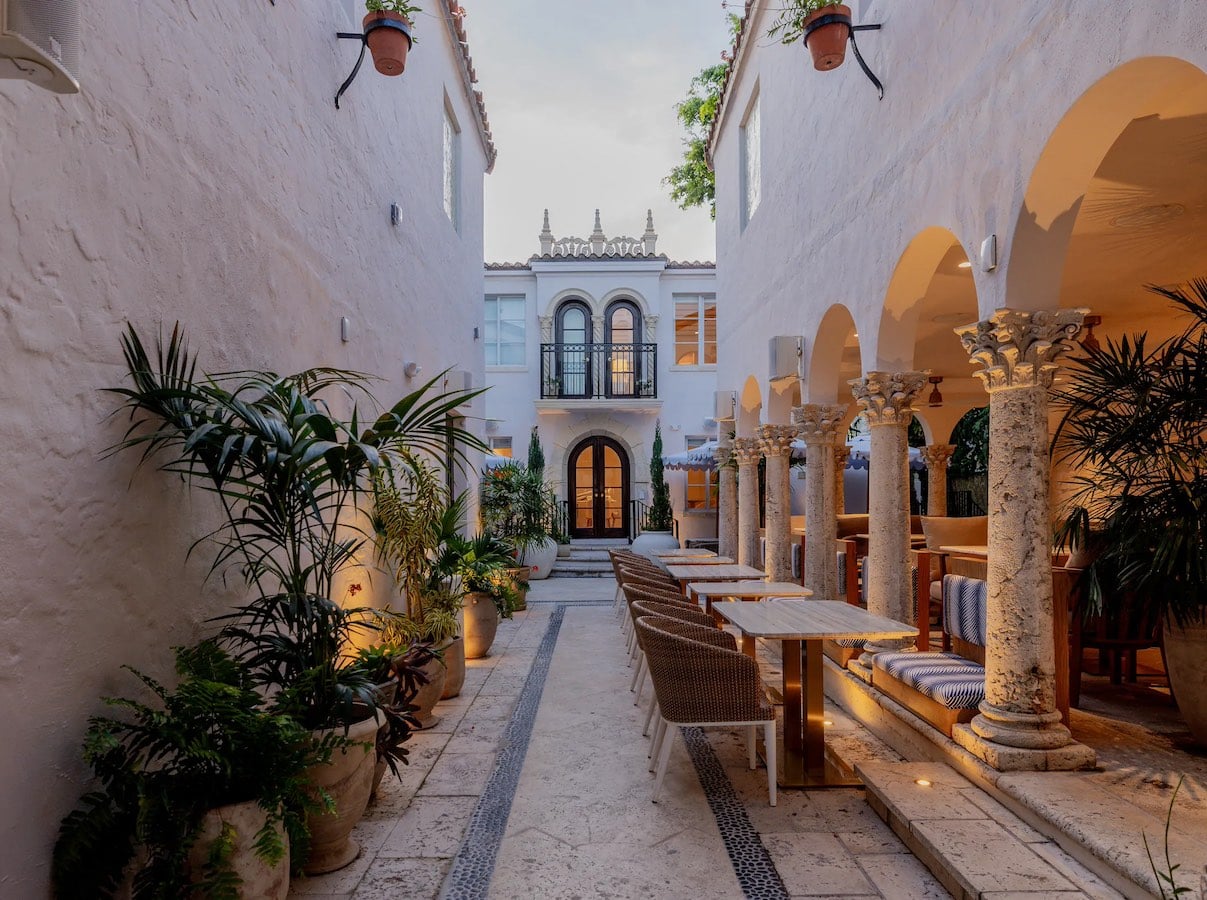 Versace opens a super hotel with an Italian restaurant. Here's what Donatella Hotel & Restaurant in Miami will be like
Versace opens a super hotel with an Italian restaurant. Here's what Donatella Hotel & Restaurant in Miami will be like At The Crown Tirana, service and quality at the highest levels
At The Crown Tirana, service and quality at the highest levels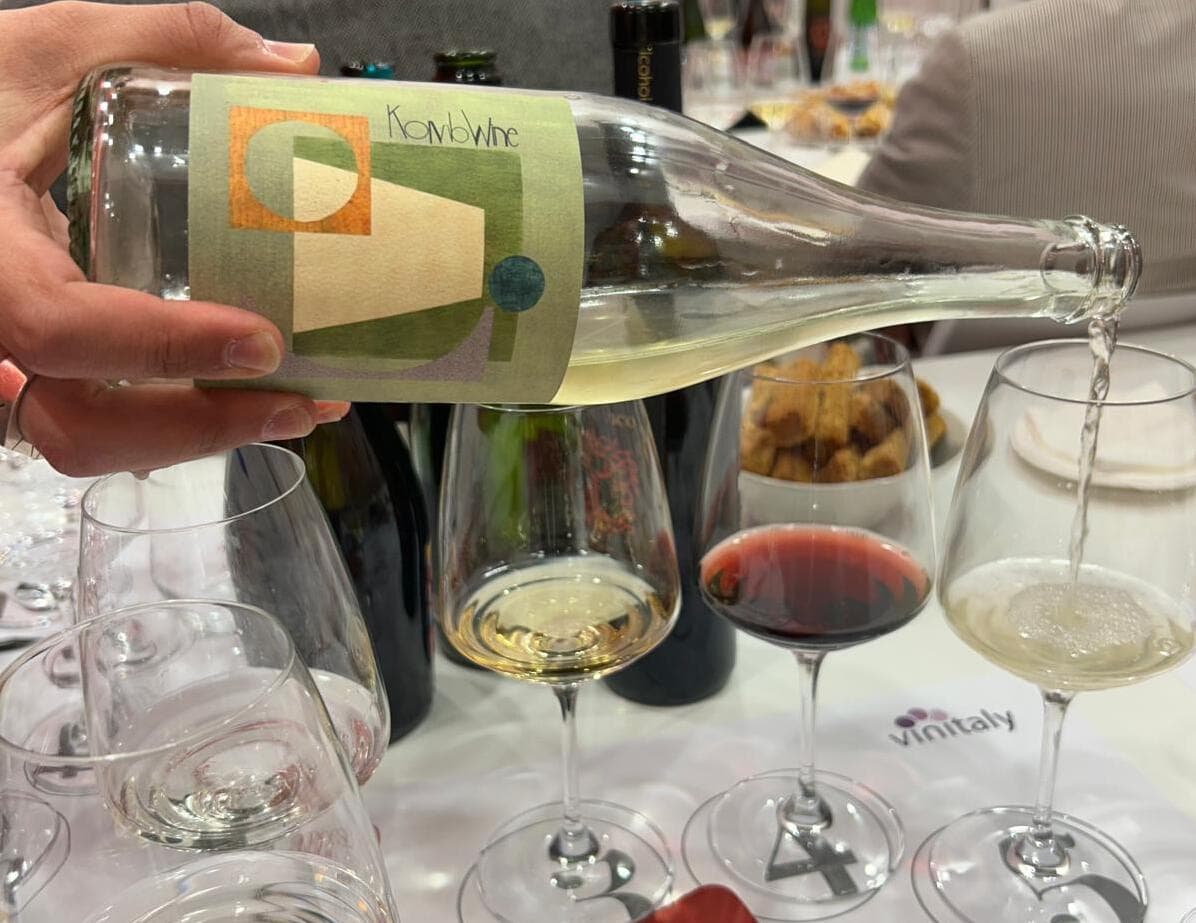 We tasted Komb(w)ine, the new product that combines grape must and kombucha. Here’s our verdict
We tasted Komb(w)ine, the new product that combines grape must and kombucha. Here’s our verdict What changes for the export of Italian wines to China under the new regulations?
What changes for the export of Italian wines to China under the new regulations? “Forget dealcoholised wines. The future is Komb(w)ine.” Moser and Ravizza present a new grape must-based product
“Forget dealcoholised wines. The future is Komb(w)ine.” Moser and Ravizza present a new grape must-based product